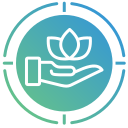
Finding Relief: The Impact of Meditation on Chronic Pain
Chosen theme: The Impact of Meditation on Chronic Pain. Welcome to a calm, evidence-informed space where we explore how gentle, consistent mindfulness can reshape pain, restore confidence, and help you reconnect with what matters most. Join our community—subscribe for weekly practices and share your starting point so we can learn together.
What Chronic Pain Is—and How Meditation Helps
Pain has two parts: the physical sensation and the emotional reaction. Mindfulness trains attention to notice the sensation while softening the struggle. Many readers report fewer catastrophizing thoughts after short daily practices. Try a three-minute breath check-in and tell us what shifted for you, even subtly.
Stress tightens muscles, amplifies pain, and drains energy. Meditation nudges the nervous system toward rest-and-digest, easing tension and reactivity. A few slow exhales can downshift the body within minutes. If this resonates, subscribe for micro-practices you can use during flare-ups and share which ones help most.
Trying to force pain away often backfires. Instead, we practice curious contact—briefly touching the ache with kindness, then returning to the breath. Readers describe this as learning to surf rather than fight waves. Comment with one phrase that helps you meet pain with gentleness today.
The Brain on Meditation: Science of Pain Modulation
Attention and the Anterior Cingulate
The anterior cingulate cortex helps steer attention and modulate conflict. Training focus with the breath may reduce the brain’s alarm response to pain signals. Think of it as tuning the volume knob, not cutting the wire. Have you noticed moments when attention softened an intense sensation? Share below.
Interoception, Insula, and Emotional Tone
The insula maps inner sensations. Mindfulness refines this map, allowing clearer, less panicked reading of bodily signals. Over time, sensations feel more informative and less threatening. Journaling interoceptive cues—warmth, tightness, pulsing—can reveal patterns. Tell us one body cue you’ve started noticing more accurately.
Opioid and Non-Opioid Pathways
Some studies suggest meditation can engage both opioid and non-opioid analgesic pathways, hinting at multiple routes to relief. This does not replace medical care, but complements it. If you’re curious about mechanisms, subscribe for a plain-language guide—and ask your questions so we can tailor future posts.
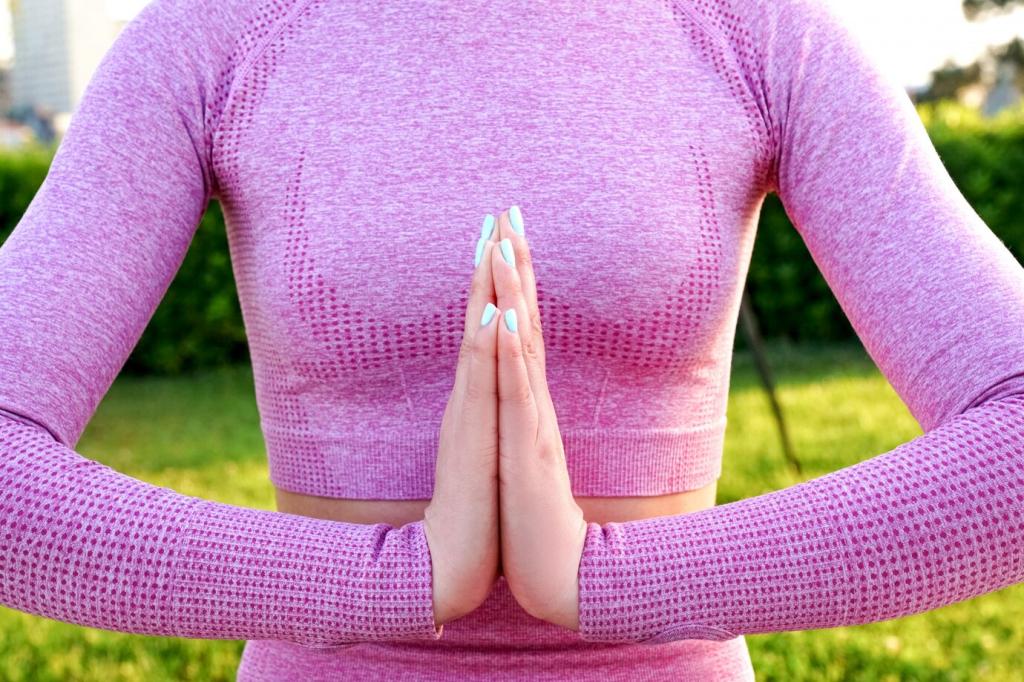
Practical Techniques You Can Start Today
Place a hand on your chest or belly. Inhale for four, exhale for six. On exhale, whisper “soften.” Repeat for two minutes. If sitting hurts, recline with support. Afterwards, comment with one word describing your mood shift, however small, and consider bookmarking this for quick access during spikes.
Designing a Sustainable Practice
Start with two minutes after brushing your teeth. Keep your cushion or chair visible. Use a simple tracker to mark completion, not perfection. When life is hectic, one mindful breath counts. Subscribe for a printable habit template and share your favorite cue—morning light, kettle boiling, or phone alarm.
Designing a Sustainable Practice
Pain-aware meditation welcomes chairs, cushions, heat packs, or lying down. Neutral spine, soft shoulders, and supported joints reduce unnecessary strain. If numbness or sharp pain appears, adjust immediately. Tell us what setup feels best, and we’ll feature community-tested arrangements in a future post for inspiration.

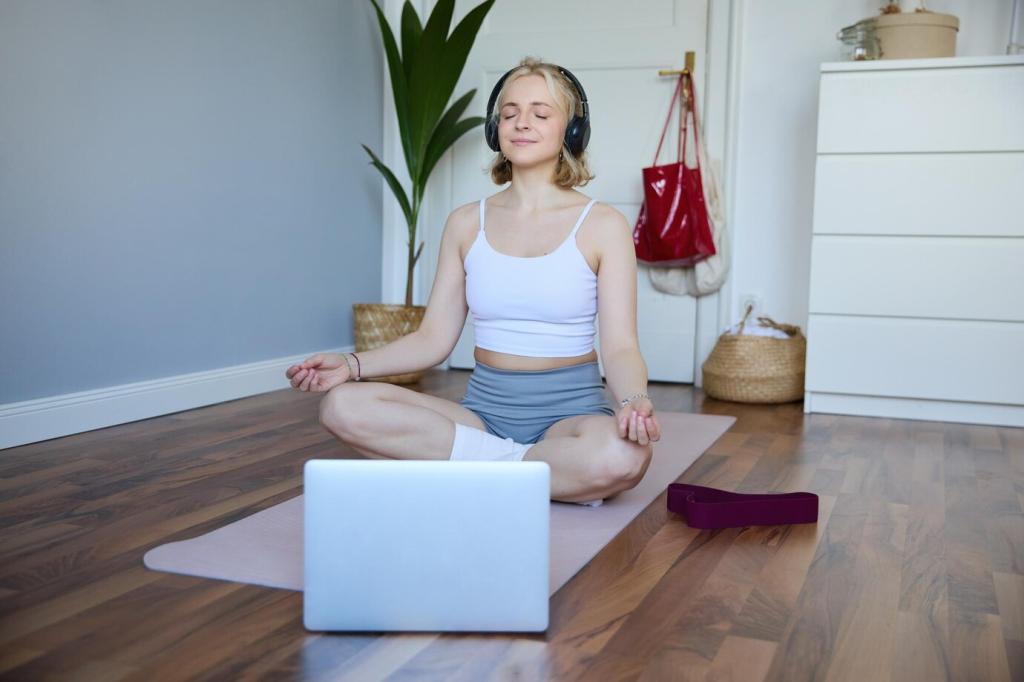
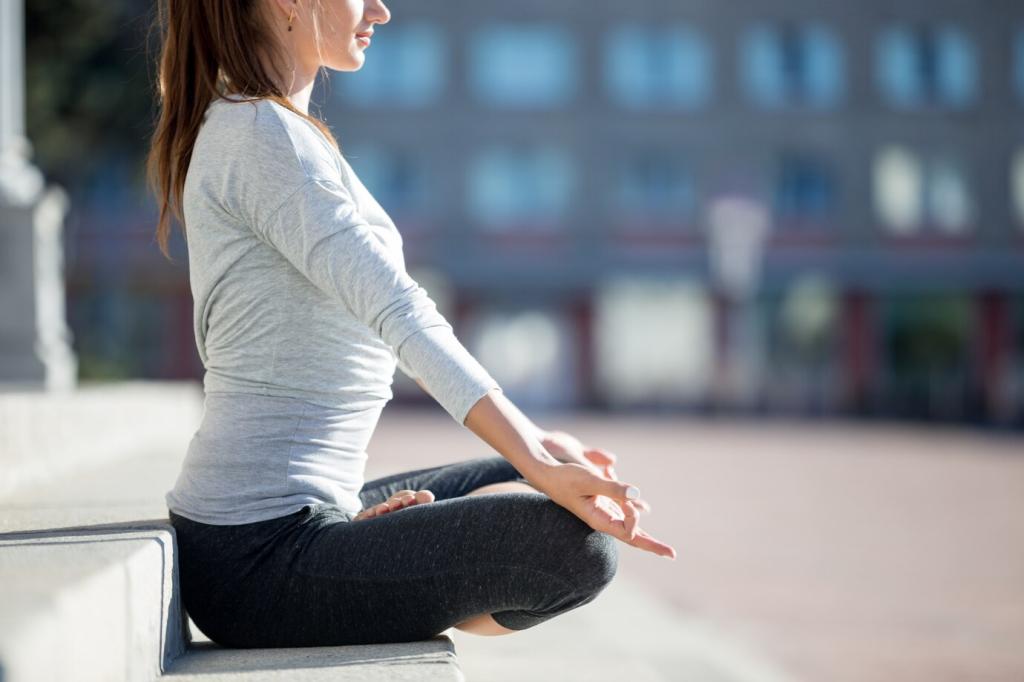
Create a Simple Pain and Mood Log
Each evening, rate pain and mood from 0–10, note minutes meditated, sleep quality, and one meaningful activity. Patterns emerge in two weeks. Want our printable template? Subscribe and comment “LOG” so we know to send it and tailor tips to your routine.
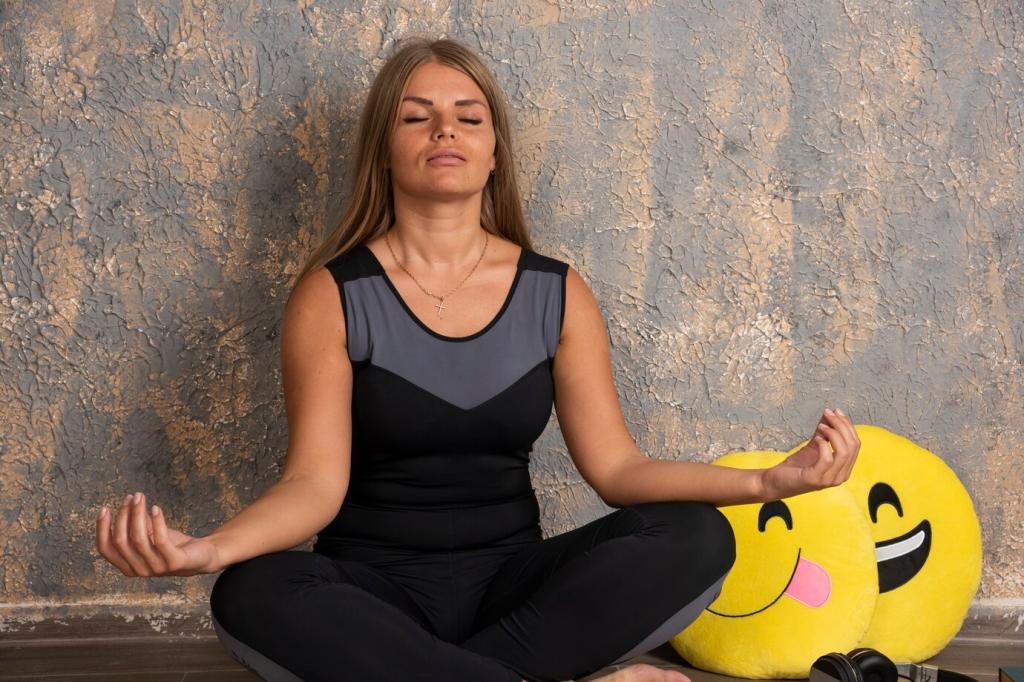
Notice the Small Wins
Victories might be an extra block walked, a softer shoulder, or three calm breaths before reacting. Write them down. Small shifts compound into resilience over months. Share today’s smallest win in the comments to encourage someone who needs a nudge to keep going.

Set Compassionate, Values-Based Goals
Instead of chasing zero pain, anchor goals to values: play with kids, garden ten minutes, or cook once weekly. Meditation supports these steps by steadying attention and mood. Tell us one value-aligned goal, and we’ll feature a community list to spark ideas for others.
Bringing Your Care Team Along
Share your practice plan, sleep patterns, and flare triggers. Ask how mindfulness can complement physical therapy or medications. Collaborative tweaks often matter most. If you want a conversation checklist to bring to appointments, subscribe and comment “CHECKLIST” so we can send a concise guide.
Bringing Your Care Team Along
Meditation should never push through sharp, worsening, or new neurological symptoms. Adjust posture, reduce time, or pause and seek guidance. Safety builds trust in your practice. What safety rule protects you most? Post it so newcomers can benefit from your hard-earned wisdom.


